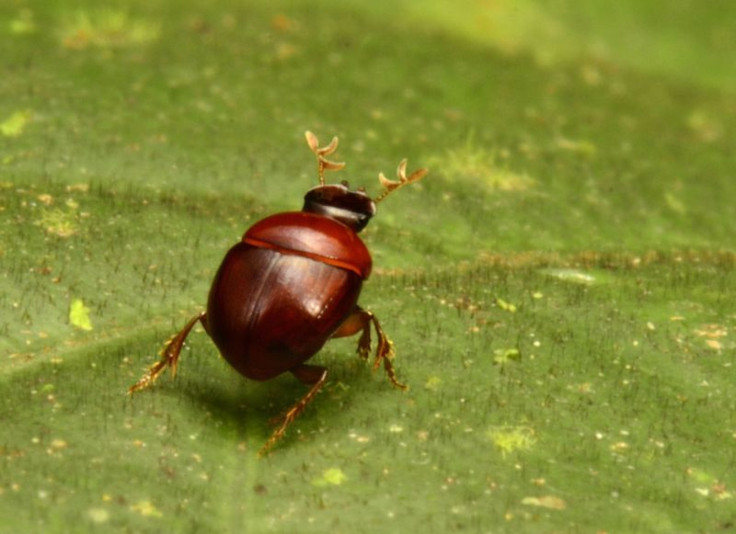60 New Species Found in Suriname Including Chocolate Frog, Discovery Shows ‘Biodiversity Is Thriving’ [PHOTOS]

A team of scientists on an expedition to the South American country of Suriname have identified potentially 60 new animal species. The team of 16 scientists found six frogs, one snake and 11 fishes among the possibly new species.
“Suriname is one of the last places where an opportunity still exists to conserve massive tracts of untouched forest and pristine rivers where biodiversity is thriving,” said Dr. Trond Larsen, a tropical ecologist on the expedition team, told The Telegraph.
Among the new-found species is the chocolate frog, or coca frog. Named for its brown exterior, it lives in trees of a rainforest-dominated mountainous region of southeastern Suriname.
“Like other amphibians, its semi-permeable skin makes it highly sensitive to changes in the environment, especially freshwater. With over 100 species of frogs likely gone extinct over just the last three decades, the discovery of this new species is especially heartening,” Larsen said in a statement.
Two other frogs – the brown and white colored poison dart frog and a new snouted tree frog – were also identified. The latter hopped onto the team’s camp table one night during the expedition, The Telegraph reports.
A ruby-colored Lilliputian beetle, possibly the second smallest beetle in South America, was also found. The dung beetle that has antler-like antenna may even belong to a new genus.

“Dung beetles play critical ecological roles that help support healthy ecosystems. By burying dung, they regulate parasites and disease, disperse seeds and recycle nutrients to promote plant growth,” Larsen said.
A tiny red-eyed golden tetra fish and a new grasshopper-like insect called Pseudophyllinae teleutin that has sharp spines along its legs were among the newcomers.
The team traveled by plane, helicopter, boat and on foot to remote locations within the small South American country, led by 30 indigenous men to find parts of nature previously inaccessible to man, The French Tribune reports.
“We scoured the forest for flowering plants, frogs, snakes, birds, bats, insects, monkeys and other creatures. We installed automated camera traps to photograph elusive wildlife such as wild cats, and dragged nets through rivers and swamps in search of fish,” Trond said in a Conservation International blog post.
Despite the plethora of new species, the scientists were surprised to discover that even in the most remote regions, mercury pollution was apparent.
“Despite the region’s thriving wildlife, we were startled to find that even in the absence of any upstream mining, the mercury levels in sediments and in fish were slightly above acceptable international standards for human consumption,” Trond said. “It appears most likely that this mercury pollution was deposited there via winds from neighboring countries. This demonstrates that even the most isolated and pristine parts of the world are not entirely sheltered from human impacts — all systems are interconnected.”
© Copyright IBTimes 2025. All rights reserved.






















